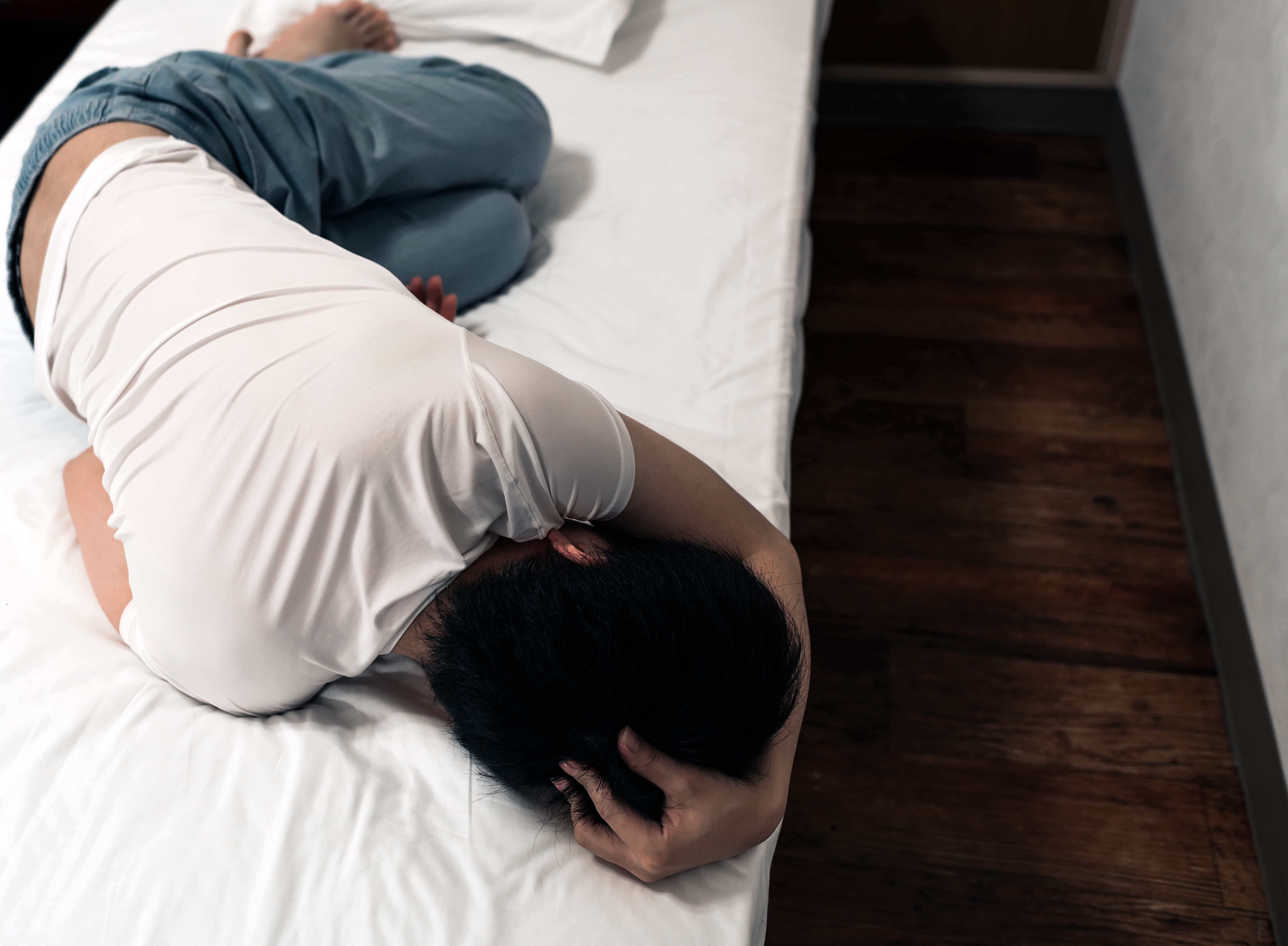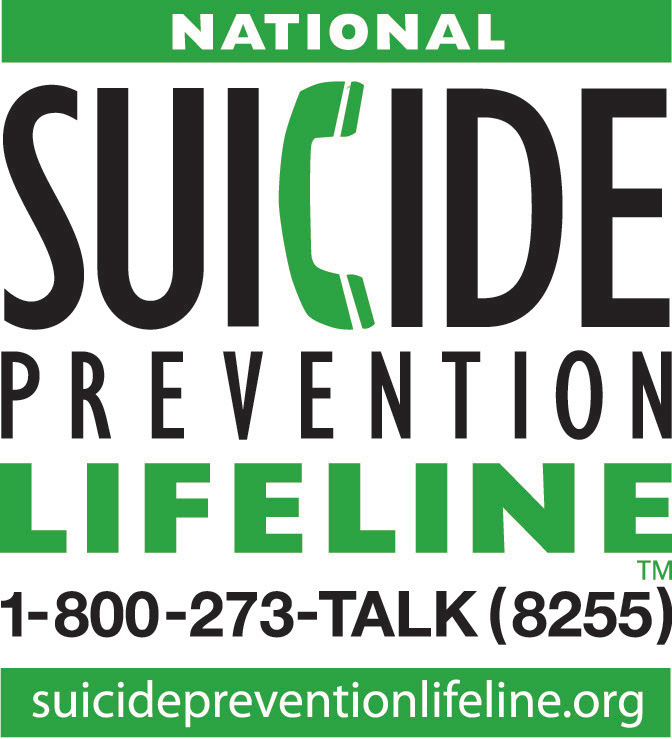
Recently, you’ve noticed dramatic changes in your friend Kris, who just isn’t the same person you met at the start of the semester. At first, you were great friends, talking for hours about life in college and having so much fun. You studied for your classes together and hung out with everyone in the dorm. Now Kris has stopped going to class and his work shifts at the library. Kris isn’t even getting out of bed to go to the cafeteria, so you bring food back to his dorm room. His room has started to smell because Kris hardly showers. You’re really worried.
Let’s try to figure out a plan together. First, let’s examine if Kris’ behavior meets the criteria for a psychological disorder. If it does, you should be concerned. If not, you might feel relieved. To what extent is Kris demonstrating abnormal behavior? Let’s examine how we define behavior as abnormal.

Unfortunately, Kris shows atypical, dysfunctional, distressed, and deviant behavior. You are very concerned. You knock and enter his room, approach Kris, and say: “Hey, I don’t want to sound corny, but I’m really worried about you. You seem so sad. I’m scared that you’re going to fail out of school.”
Kris replies: “I know. Thanks for bringing me some food. I appreciate you thinking about me, but I’m not worth helping. I just hate myself. The last thing I need is for everyone to think I’m crazy. So, please, just leave me alone.”
Unfortunately, people suffering from dysfunctional, atypical, deviant, and distressed emotions and behavior may resist getting help. Many people worry about what others will think or fear being labeled as crazy.

There may be many reasons why Kris acts and thinks in these particular ways. You remember that Kris had once mentioned three family members who were severely depressed. Kris also mentioned that he had liked someone in high school who didn’t feel the same way and, as a result, Kris felt quite rejected. In college, Kris reported feeling overwhelmed by the amount of work that had been assigned during this first semester. In fact, you have overheard Kris on the phone having an angry conversation and saying: “You’re putting too much pressure on me. I can’t get a 4.0 every semester. It’s impossible!” All of these complicating circumstances may be contributing to Kris’ dysfunctional and distressing thoughts and behaviors.
Many factors contribute to the onset of a psychological disorder. All factors contribute in different ways and their various influences can be difficult to differentiate. Sort each of the following contributors to mental illness into the column where it best fits: biological factor, psychological factor, or sociocultural factor. Move items by dragging them to the correct location or by selecting an item and then selecting the location where it should move.
| Biological Factors | Psychological Factors | Sociocultural Factors |
|---|---|---|
You recall Kris’ recent thoughts, feelings, and behaviors, as well as the changes over the last few months. You want to help Kris get back to being the happy college student you met at the beginning of the semester. You think about some of the psychological disorders from your introduction to psychology textbook. Examine the list of disorders below and match each to its corresponding definition. Can you identify any of the symptoms in Kris’ behavior?
Create matches by selecting the circle next to an option in the left column. Then click on the circle next to the option in the right column where you want to make the match.
Kris is exhibiting troubling symptoms, which have manifested themselves in a way that has left him a shell of the individual you once knew. Based on symptoms described here, you believe that Kris is struggling deeply with a psychological disorder.
2. Based on the symptoms described in this activity, which of Kris’ behaviors meet the criteria of major depressive disorder? What might be a great cause of concern?
As you saw, Kris is worried about the stigma many individuals with psychological disorders encounter. Psychological disorders are sometimes seen as a weakness or laziness, and are often minimized as something that individuals just need to work harder to overcome. Many people often do not view psychological disorders in the same way as physical ailments such as a stomach ulcer, cancer, or asthma. We would never tell an asthmatic who is having difficulty breathing: “Just breathe harder” or “Get over it.” Unfortunately, some individuals in our society stigmatize people with psychological disorders. Their symptoms are sometimes minimized, discredited, ignored, or even mocked.
For a moment, close your eyes and imagine feeling 500 pounds weighing you down. You can’t move from the bed to the couch without incredible effort. You also feel like crying all the time. It seems like it will never get better. What feeling does this scenario conjure up? Given a culture that sometimes does not consider mental illness a “real” illness, describe your experiences with these feelings. Keep in mind the stigma attached to individuals diagnosed with psychological disorders. How can you become more empathetic to people who suffer from mental illness?
Unfortunately, some individuals who suffer from psychological disorders, such as major depressive disorder, feel so hopeless that nothing they do will make things better. When they lose all hope that things can get better, they may contemplate or attempt suicide.

Next, watch this video in which four young people speak out about living with depression.
News coverage of young people speaking about living with depression.
REPORTER: Suicide is the second leading cause of death among teenagers, after traffic accidents. The CDC says about 4,600 young lives are lost to suicide each year. The past week, the American Academy of Pediatrics issued new guidelines to help doctors identify at-risk patients and urge doctors to screen patients for suicidal thoughts. We spoke with four young adults who have been battling anxiety and depression, including one woman who survived several suicide attempts.
Young people are giving an interview.
WOMAN 1: It's this feeling of being completely trapped in your own body.
MAN 1: You literally feel like you are losing your mind.
MAN 2: I don't know. It's sort of like a weird funk.
MAN 1: Anxiety and depression, unfortunately, is something I've always struggled with.
The text on the screen states that according to National Institute of Mental Health in the U.S. over 3.3 million people suffer from depression, while 40 million suffer from anxiety.
WOMAN 1: I had my first panic attack when I was 13.
WOMAN 2: I first tried to end my life when I was 11-years-old.
The text on the screen states that according to CDC the suicide rates in girls 10 to 14 triples.
MAN 2: And I just wanted to think about how bad I felt my life was.
WOMAN 2: I tried to end my life by overdosing on anything I could find in the medicine cabinet.
The text on the screen states that according to CDC the U.S. suicide rate is the highest it is been in 30 years.
MAN 2: I had kind of lost my faith.
WOMAN 1: I didn't know what other way of escaping this other than to die.
WOMAN 2: And so, at eight, I wrote in my diary that my life was over.
MAN 1: Dreading the day that I would have to tell somebody that I was gay. You get taunts about acting girly as early as age four.
The text on the screen states that according to CDC LBGT youth are more than twice as likely to have attempted suicide as their heterosexual peers.
MAN 2: Throughout history I mean as a human society, we haven't handled mental issues very well.
WOMAN 1: I actually have quite a few friends and family members, immediate family members, who do not get it.
MAN 2: It's seen as a mental sort of malady.
WOMAN 1: Oh, she has anxiety and depression. And it's like, no, I have anxiety and depression the same way a person has hypoglycemia or diabetes or anything else.
The text on the screen states that according to National Institute of Mental Health up to 70% of suicide victims suffer from major depression or manic-depressive disorder.
WOMAN 2: So it's been 10 years since I last attempted to end my life, and I'm thinking about how I might have changed mentally. And I've found ways to cope.
WOMAN 1: The therapy aspect of it is huge, and I have made improvements.
MAN 1: I'm on antidepressants, and they're good for me. They help me. If I weren't on them, I would be back to being suicidal.
MAN 2: I decided that I would try my best not to try and let life affect how my mood felt.
The text on the screen states that according to the Health and Human Services of Mentally Health African Americans are 20% more likely to experience serious mental health problems than the general population.
WOMAN 1: There's still a lot of work to be done. I'm not able to keep up with everybody else sometimes, and that's OK.
MAN 1: I don't enjoy feeling negative emotions, but I welcome them because I know they're a part of life, and they're a part of who I am. So I let me feel those emotions to the fullest of my extent, and then I move on from it.
WOMAN 2: I think that it's also given me more of a desire to continue living, that there is something to live for and that there is a meaning to my life, and that there is a reason why I didn't complete any of those attempts.
REPORTER: The brave faces, and the voices of an epidemic.
Video provided by BBC Worldwide Learning.
3. What would you do if a friend confided in you their feelings of complete loss and desires to hurt themselves? How have the individuals in the video accepted their mental illness and found a better life? What have those individuals needed to do in order to change and overcome their feelings of depression and suicide?
You have done a great job recognizing Kris’ signs of major depressive disorder. Kris was showing disabling behaviors and thoughts, which paralyzed all aspects of his life. You know that Kris could not go on living that way. You called mental health services on your campus and explained your concern that Kris’ behavior was atypical, dysfunctional, deviant, and, probably, above all, extremely distressing. You also called Kris’ parents because you were worried about the risk of suicide. Kris needed help and with a friend like you, he received it. One of the most important aspects of helping people suffering from mental illness is education. Education reduces stigma. Education helps you and the individual suffering from a psychological disorder understand the condition. Education helps others to understand that mental illness is real, sometimes paralyzing, and can impact a person as much or more than a physical illness.
In what ways has your perception of mental illness changed because of what you learned in this activity? How has your perception of stigma changed the way you view individuals with psychological disorders?